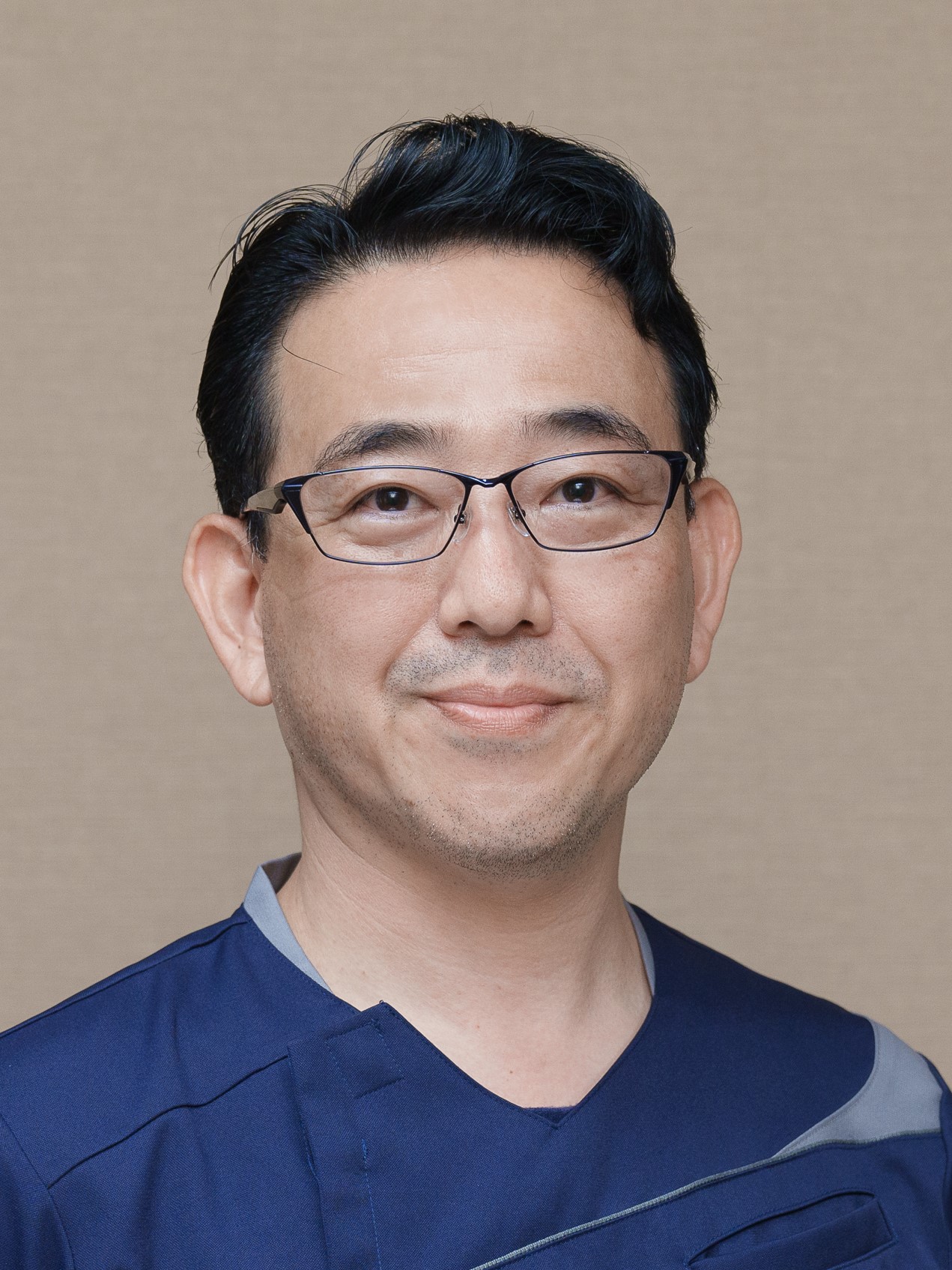Description
Back ground
After anterior cruciate ligament (ACL) reconstruction surgery, the rate of re-injury is 3.6 times higher in high-demand players (HDP) such as Tegner activity scale (TAS) level 7. On the other hand, although there is no significant difference in clinical outcomes between single and double bundle techniques for ACL reconstruction using semitendinosus tendons (ST) clearly, it is possible that a difference could be observed in HDP. In this study, we compared the clinical outcomes after ACL reconstruction with anatomic single or double bundles in HDP at the TAS 7 level or higher.
Materials and Methods
Two hundred sixty-three patients (mean age 19.9 ± 8.9 years) underwent primary anatomical single or double bundle ACLR with semitendinosus tendon autografts. Patients were divided retrospectively single or double bundle technique (S group; n =31, D group; n = 232). In this study, high demand player was defined as those with a preoperative. In this study, high demand players were defined as those with a preoperative Tegner Activity Scale (TAS) of 7 or higher. Only high demand players who aimed to return to sports and had a follow-up period of more than one year were included. Exclusion criteria were revision ACL, had a multi-ligamentous knee injury, or had a contralateral ACL injury. The differences in indications between Groups S and D were unrelated to patient backgrounds, and all surgeries were performed by two experienced surgeons with over 20 years. Functional evaluations involved instrument-measured side-to-side difference of anterior tibial translation (ATT), Pivot shift test, heel-height difference (HHD), peak isokinetic (60°/s) and isometric (80°of flexion) torque of the quadriceps and hamstrings and one-leg hop test. Subjective evaluations included the International Knee Documentation Committee (IKDC) subjective score, Lysholm score, as well as TAS, return to sports and graft failure.
Result
There was no significant difference in patient characteristic between the two groups. In a one-year follow-up, the mean ATT in the S group was 0.8 ± 1.2 mm compared with 0.2 ± 1.4 mm in the D group (p = 0.03). The pivot shift test showed 10.0% knee joint gliding in the S group, but only 2.7% in the D group (P = 0.04). The mean IKDC subjective score was 85.5 ± 10.2 in the S group and 90.5 ± 10.1 in the D group (P = 0.01), and the mean Lysholm score was 94.3 ± 5.6 in the S group and 96.9 ± 5.0 in the D group (P <0.01), both significantly better in the D group. There was no significant difference between the two groups in HHD, mean peak isokinetic torque, isometric torque, one-leg hop test and TAS. Return to sport rates were similar for both groups (S group, 87.1 % vs D group, 93.1 %; P =0.24). The graft failure rate was also 3.2 % in the S group compared with 4.7 % in the D group. However, the time to return to sport was earlier in the D group (S group, 9.4 ± 1.2 months vs D group, 8.5 ± 1.0 months; P < 0.01).
Discussion
The clinical outcomes of single or double bundle techniques for ACL reconstruction using ST have been discussed extensively over the years. We supposed the influence of patient background may be important in reaffirming the significance of the double bundle procedures. Actually, in a past report, the effectiveness of double bundle procedures on return to sports with HDP, double bundle procedures made earlier timing of return to sports and more return status completely. the results of this study are similar to those of that study.




